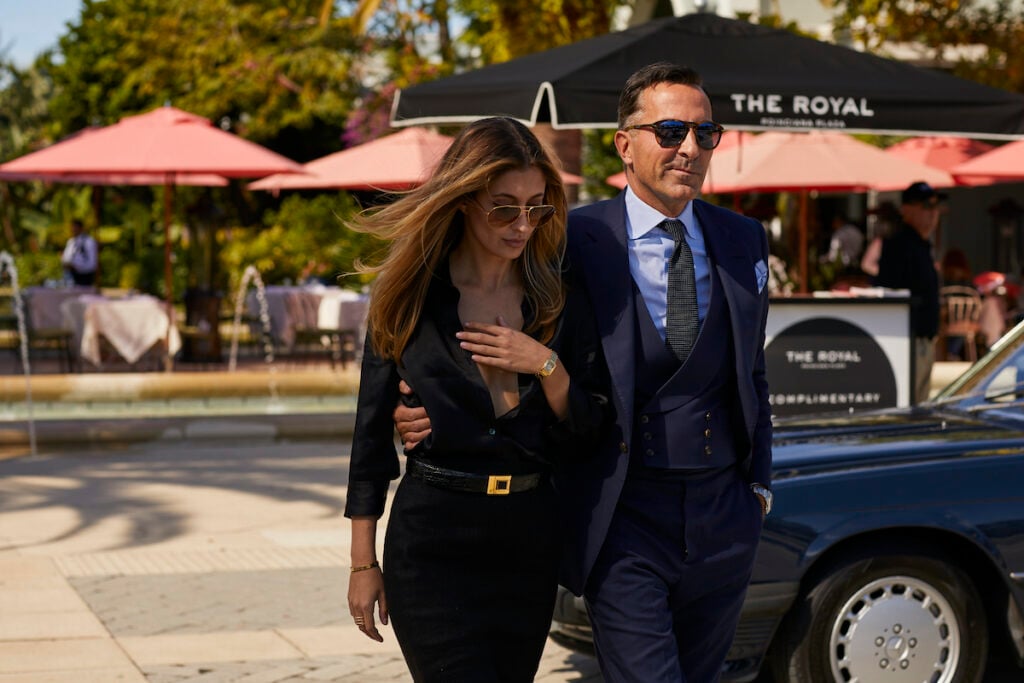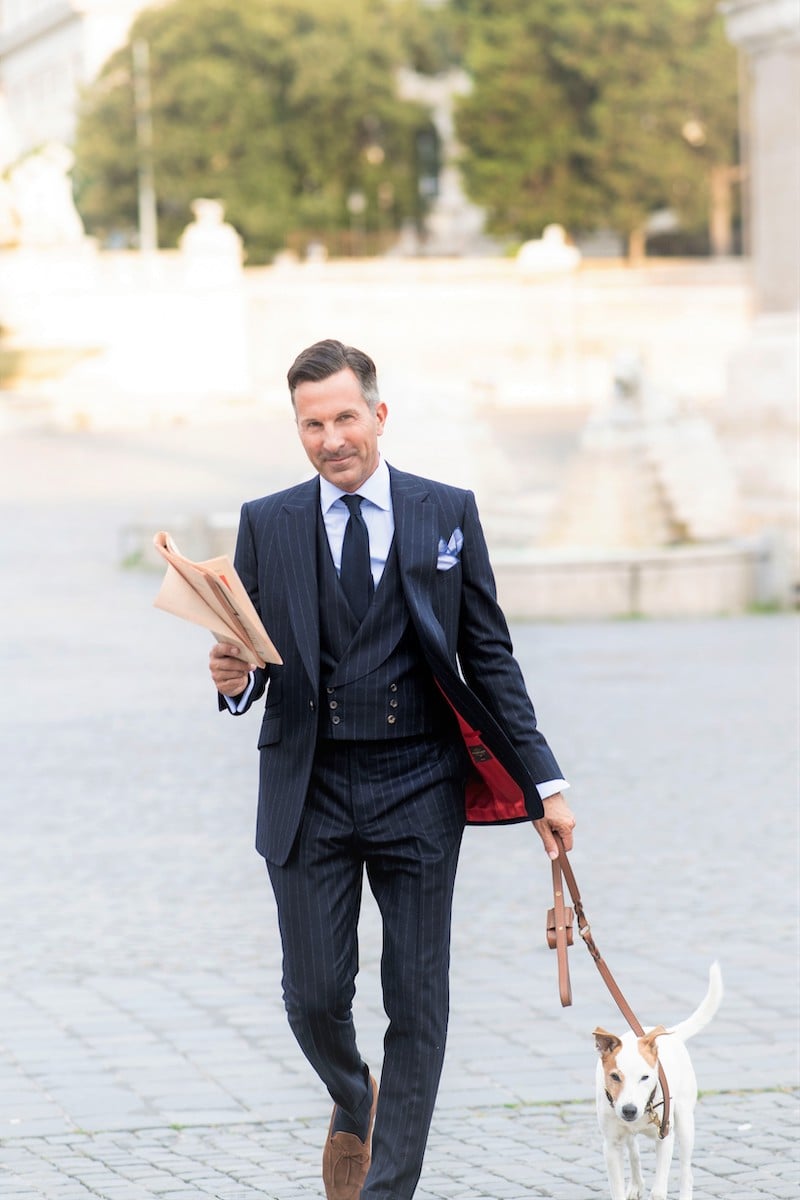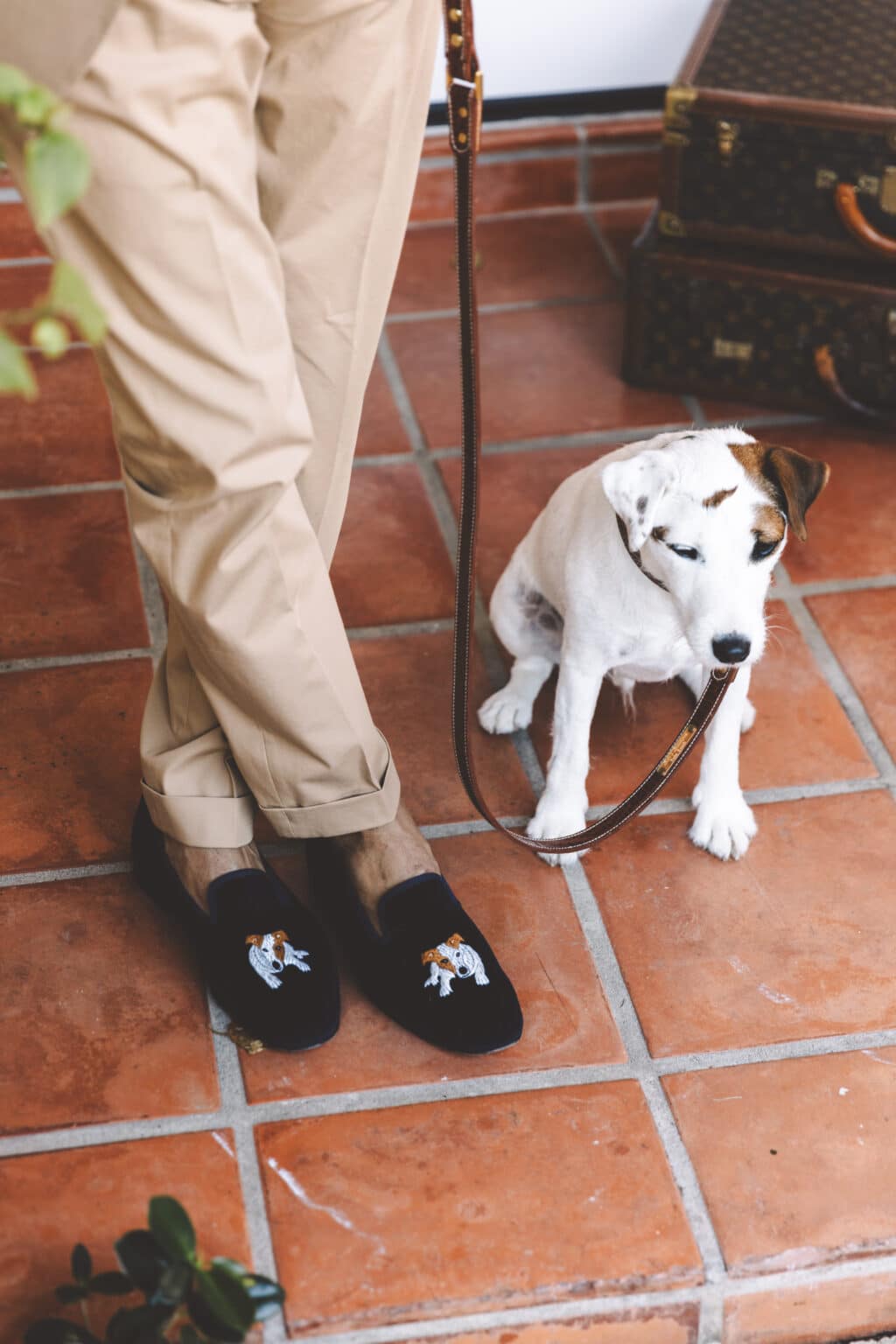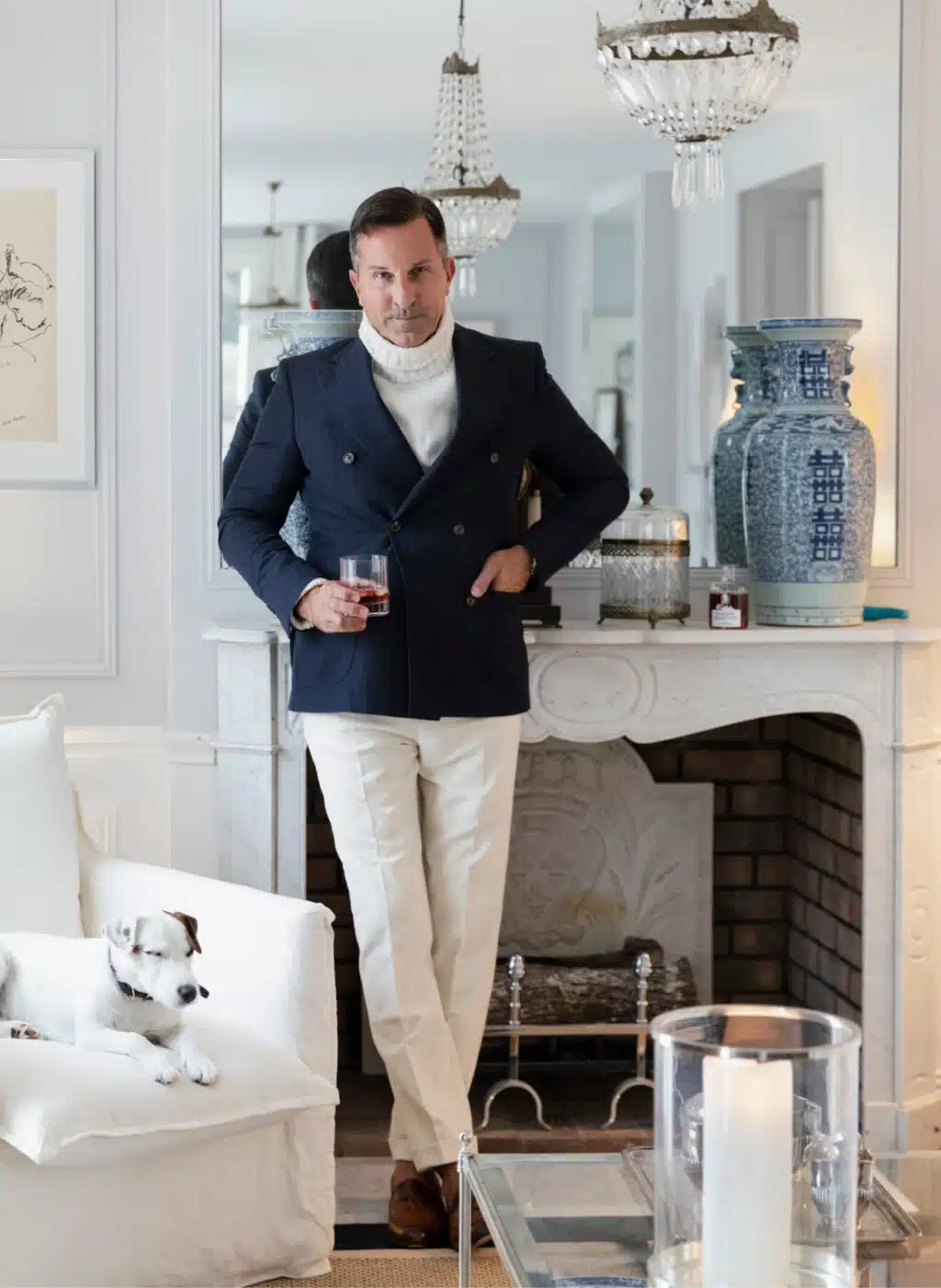- Finely Krafted Weekly Magazine / Sartorial
The Brown Ultimatum
- Date:
Author: Nick Scott
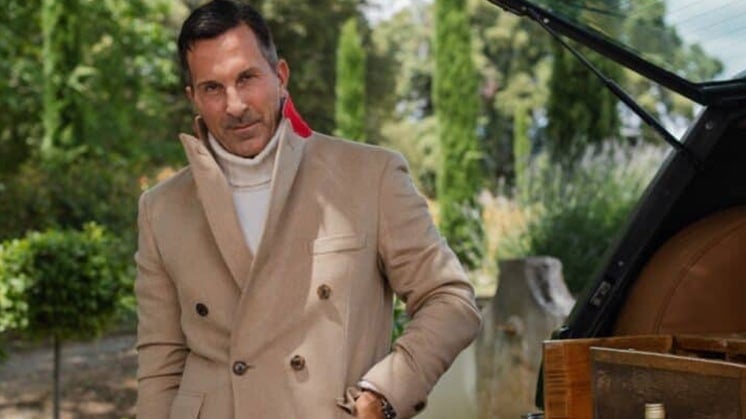
It’s the colour of the most exquisite timbers, numerous natural wonders and the rich soil that gives us life. And yet, brown gets a pretty brutal press. In fact, if it were a sentient life form – rather than a composite colour between red and yellow on the spectrum – it would in fact be within its rights to feel a little victimised.
Endless surveys in the English-speaking world have found it to be humanity’s least favourite colour. One British broadsheet’s fashion supplement referred to it as “the Volvo estate of colours”, the world’s sports teams would sooner fold than wear it on the field, and a 2016 study by the UK government’s Social Mobility Commission found that investment banks are likely to eschew potential employees who wear brown shoes to their first interview.
Which brings us to the gravest insult this unfairly maligned hue has ever endured: “No brown in town”, an unattributed sartorial maxim which presides mainly over footwear, but which can also be seen as a blanket ban on urban dressers wearing a colour more commonly associated, like tweed, with country apparel.
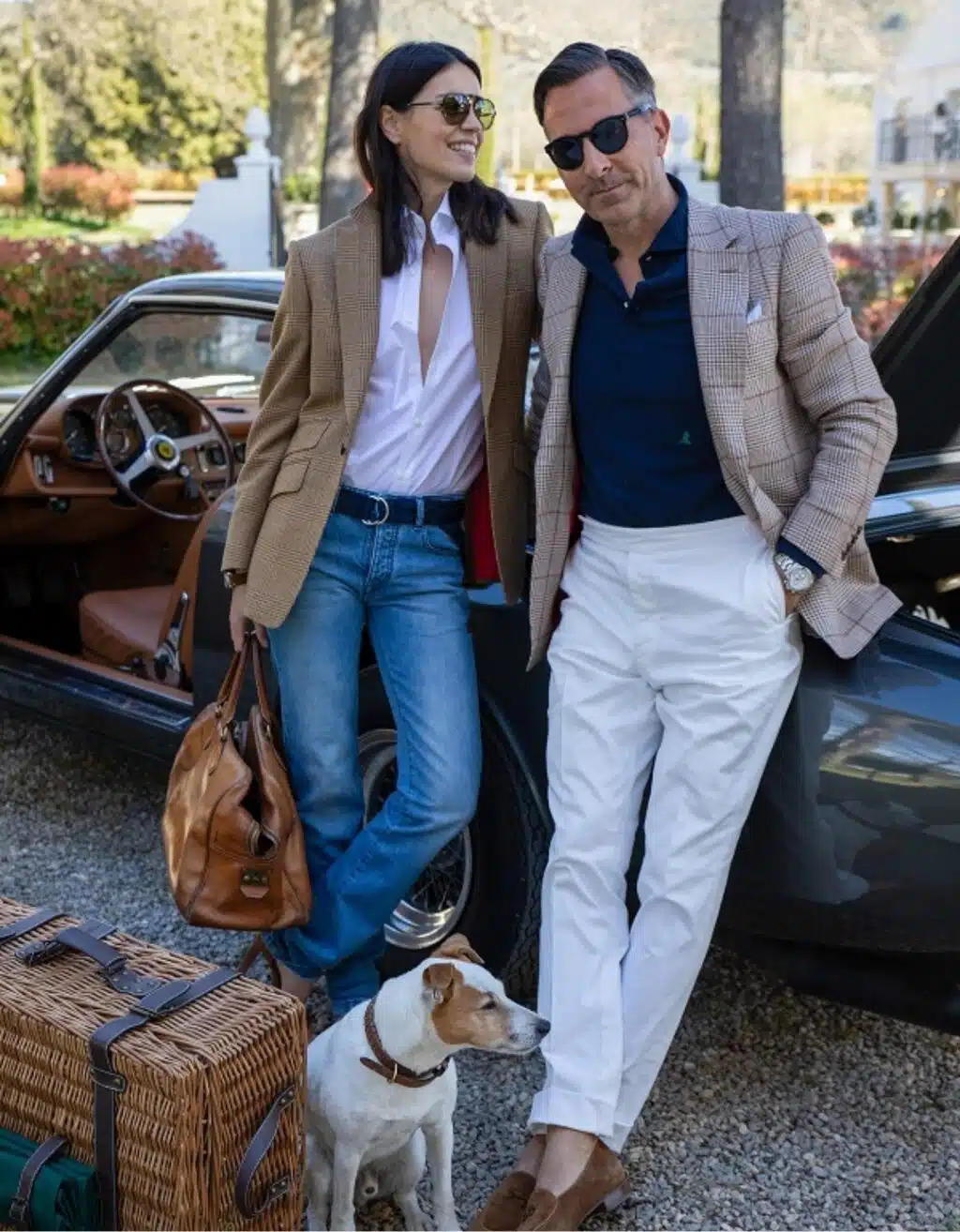
Specifically, the ‘rule’ applies to the lawyers, brokers and other professionals operating in London’s financial district – “town”, here, refers to The City, aka The Square Mile – and insists that they should observe a sober palate in which grey, black and white (for shirting) rule the roost. The aphorism’s jurisdiction, fully enforced, is a monochrome sartorial dystopia in which even blue is a slightly audacious gate-crasher.
The British fixation with shoes that have an obsidian sheen goes back at least as far as Beau Brummell, who trod the streets of Regency-era Mayfair wearing black, champagne-polished leather boots. Ironically, it was another historical British style icon – The Duke Of Windsor, also one of the first Brits to sport Neapolitan-style unstructured jackets – who first challenged the rule, being frequently rebuked by his father for wearing brown shoes with a navy suit in 1930s London.
But the fondness for footwear in earthier tones really finds its momentum in post-war Italy, notably with Gianni Agnelli (aka L’Avvocato), the Italian industrialist and Fiat boss commonly referred to as The Godfather Of Style. Agnelli would commonly wear dark brown ankle boots in patinaed leather or suede with his business suits, and his lead was followed by latter-day Italian industrialists such as former Ferrari chairman Luca di Montezemolo and Diego Della Valle – who, as Chairman of Tod’s, might be deemed the High Priest of relaxed footwear.
To this day, a pair of plain black Oxfords belonging to an au courant male commuter to Milan’s Porta Nuova or Esposizione Universale Roma would remain at the back of his wardrobe unless he was dressing for the kind of formal event demanding such sobriety on the invitation, (and accuse these guys of sartorial folly at your peril). Which brings us to the first of several reasons why the “no brown in town” maxim shouldn’t hold any weight for style-savvy males today. Style is now more ubiquitous than ever before, and all the better for it, and the “no brown in town” dogma stands out as a quaint – and antiquated – British concept: indeed, a class-based anachronism left over from the City Of London’s bowler-hat-and-briefcase era.
We now reside in an era when understated, formal business attire itself has become an option, not an obligation: and Covid has dealt it a devastating blow after years in decline (one UK high street retailer reported, in the first two months of the pandemic, a fall of 80 per cent in suit sales compared to the same period in the previous year). These days, dressing well, dressing smartly, has everything to do with cut and craftsmanship, and little to do with strict colour rules. Brown – worn, from the ground up, in the metropolis – might consider itself emblematic of this new zeitgeist.

And it deserves to consider itself so. Brown (actually, let’s ditch the phonetic drudgery of that word, in favour of sexier synonyms such as “chestnut”, “tan”, “auburn”, “fawn”, “bronze” and “hazel”) offers the same versatility as grey and black juxtaposing beautifully with a range of colours when it comes to trousers and shirts, and is suited to all seasons in all hemispheres. It’s also a warm, inclusive and naturally congenial colour, unlike its harsh, unforgiving counterparts, black and white.
If you feel a wish to be unshackled by this rather pompous adage, Alexander Kraft’s Monte Carlo collection currently includes a plethora of brown loafers – including a hand-made Belgian pair in caramel suede and some goodyear-welted tassel loafers in hand-burnished caramel – all of which can be worn (sockless, naturally) with a range of attire elsewhere in your ensemble. Worsted, woollen, twill weave, satin weave, plain weave, denim – all, in a range of hues, are welcome to the party. Moving up to the torso, aficionados of autumnal shades can opt for signature jackets in Prince of Wales check, and feel the same confidence when it comes to mixing and matching formality levels and colours.
Those who wish to take up such options should not just do so unabashed: they should be strutting into London’s Square Mile with pride. For this is not merely a sartorial rule which, like so many, is there to be bent: here in 2022, it’s one to subvert with gleeful abandon.
Similar Articles
VAT ID FR00285409991
New client offer
15% on your first order
Please sign up for the AK MC newsletter to receive exclusive insights into the world of Alexander Kraft as well as previews, exclusives and seasonal offers
